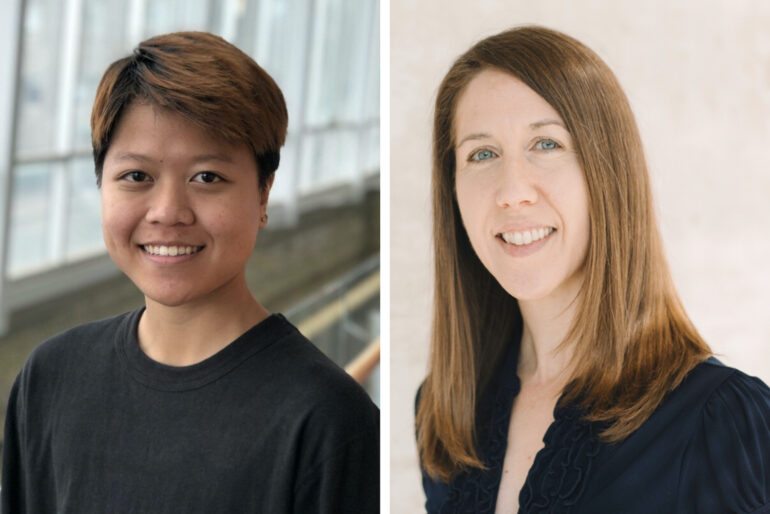A study published in the Journal of Cell Science, led by Professor Penney Gilbert (BME) and Jo Nguyen at the University of Toronto, shed light on the impact of culture substrate stiffness and extracellular matrix (ECM) ligands on the contractility, proliferation, and various cellular processes of human myoblasts. The study aims to understand how these factors influence the regenerative activities of muscle stem cells and their progeny, with implications for aging and disease.
The ECM is a complex network of proteins, carbohydrates, and other molecules that provide structural and functional support to surrounding cells in tissues and organs. It is found in various forms throughout the body and plays crucial roles in tissue development, maintenance, and repair.
Specifically, the researchers focused on a type of cell called myoblasts, as they have the ability to repair and regenerate damaged muscle tissue. They can differentiate into muscle fibers or fuse with existing muscle fibers to repair and replace damaged muscle cells. Myoblasts also play a crucial role in maintaining muscle homeostasis, muscle growth and development, and secrete growth factors and cytokines that promote tissue healing.
One of the major findings is that culture substrate stiffness and ECM ligands significantly impact the contractility and proliferation of human myoblasts. Stiffer substrates lead to increased cell spreading, adhesion alignment, cellular traction stress, and proliferation.
The researchers were also able to tie substrate stiffness to differential regulations of metabolic and cytoskeletal pathways, which in turn affects cell proliferation.
“The ECM is often discussed as a component determining tissue stiffness, but our results showed that the ECM can also change the way tissue stiffness is perceived by cells. By elucidating these mechanisms, we pave the way for the development of biomaterial-based approaches for enhancing muscle regeneration in aging and disease.” Said Jo Nguyen, the lead author of the research.
The research represents a step towards deciphering the intricacies of muscle regeneration and offers promising avenues for future investigations aimed at developing innovative therapeutic strategies.


